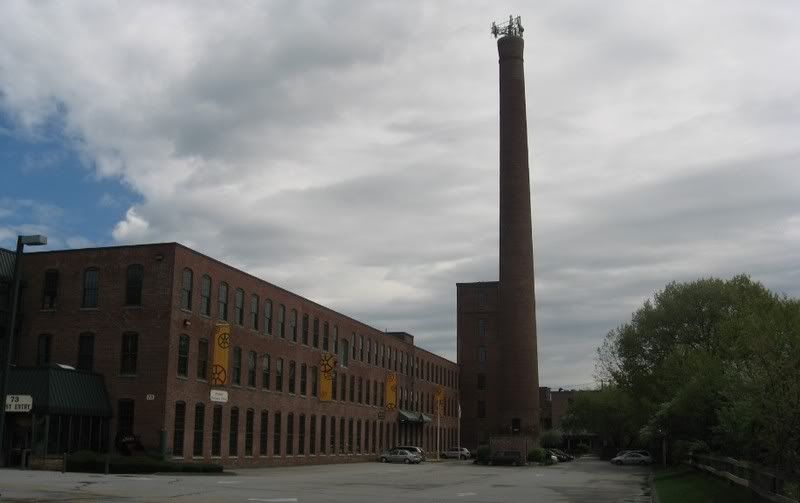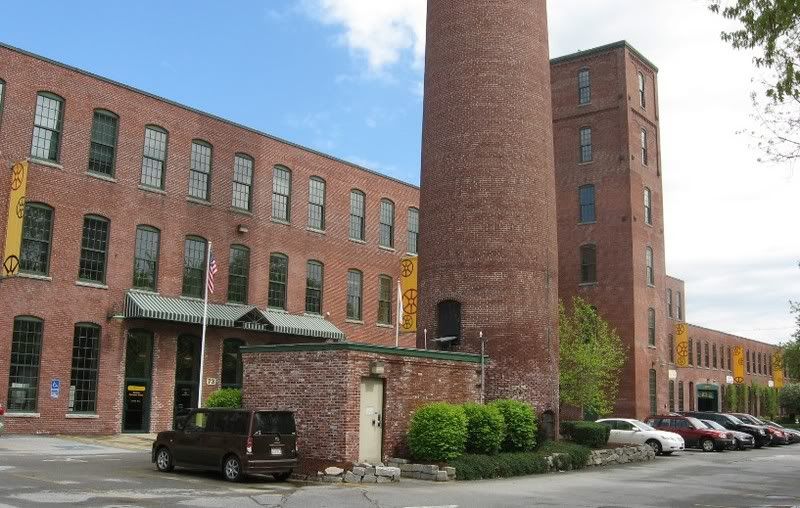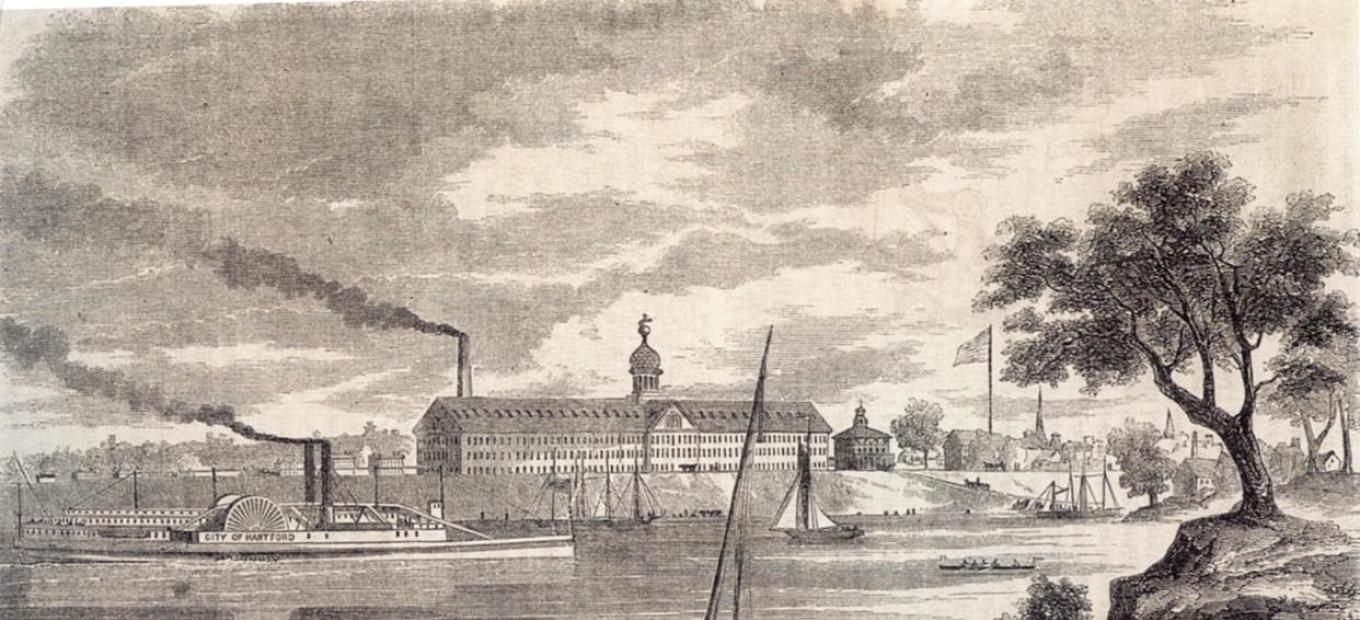Few remember but Hammerli made at one time SA revolvers ! They looked at ALL things .For example as the bullet enters the barrel it has to do two things ; line up with the barrel axis , and engage the rifling. They found it better for accuracy to separate the two. First a groove diameter section to line up the bullet , then a rifled section ! More accurate !
The resistance to swaging the bullet into the rifling causes a pressure rise .
Another factor is the hot gas which can , depending on the powder and pressure, cut into the top strap. For some of the new aluminum or titanium light weight revolvers , read and follow instructions ! Powder , bullet weight and cleaning procedures can damage the special coatings on the metal If not followed !
A good engineer considers all factors !
The resistance to swaging the bullet into the rifling causes a pressure rise .
Another factor is the hot gas which can , depending on the powder and pressure, cut into the top strap. For some of the new aluminum or titanium light weight revolvers , read and follow instructions ! Powder , bullet weight and cleaning procedures can damage the special coatings on the metal If not followed !
A good engineer considers all factors !



